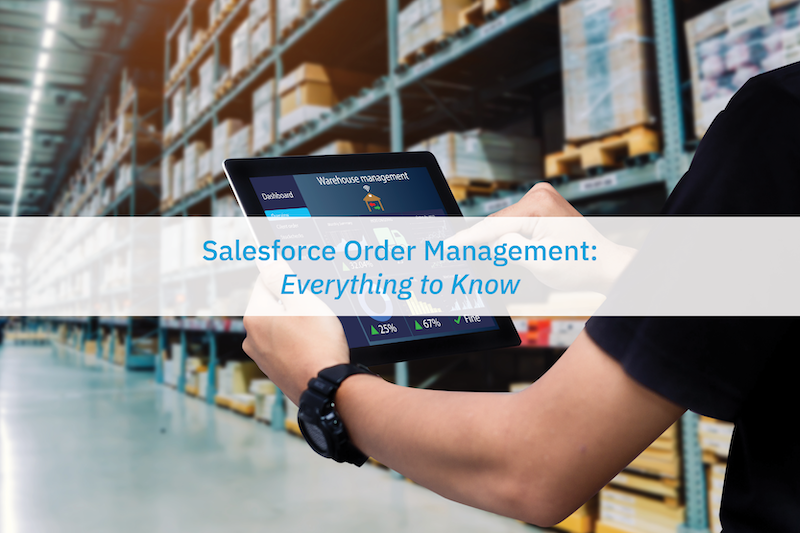Picture this customer journey at your online store:
It’s a beautiful Saturday morning and Sharon sees that her favorite pair of sneakers is available at a fantastic discount. She quickly clicks the buy-now button. She makes the payment and receives an order number. The next day, the sneakers arrive at her doorstep.
However, she’s not satisfied with the fit. She chats with a bot and places a return request and a separate order for a different pair of sneakers. Your company offers her the same deal with the new sneakers in a better size. She returns the old pair, gets the new ones, and now your customer is happy.
All this happens seamlessly, and your customer never needs to step out of her house. How does this complex process from order placement to delivery happen so smoothly? Salesforce Order Management is the tool that makes it happen.
What is Salesforce Order Management?
Salesforce Order Management (SF OMS) is an app that helps companies fulfill, manage, and service orders at scale. It tracks the stages of an order from cart to delivery and even post-delivery steps like replace or return-and-refund. SF OMS is a complex process involving multiple ecommerce systems.
For instance, Salesforce Order Management might tie together your accounting system, ERP, payment, warehouse management, and logistics into one single platform.
Advantages of Using Salesforce Order Management
There are several benefits of using Salesforce Order Management in your business.
- High on performance and reliability: The SF OMS system is a highly reliable and performance-oriented app that’s part of the dependable, robust Salesforce ecosystem.
- Well Integrated with the larger Salesforce ecosystem: SF OMS is well integrated with Salesforce B2C Commerce, B2B Commerce, and Service Cloud out of the box. If your organization is using these products, SF OMS fits in with the Salesforce customer 360 vision.
- Ease of use: Since the Order Management app is built on the Salesforce platform, you can implement business logic with the Salesforce clicks-not-code philosophy using process builders and flows. If your organization requires extensive customizations, you can implement those by leveraging Apex codes and Lightning Web Components.
- Easy integration with different systems: You can integrate Salesforce OMS with other systems like accounting software, ERP, and payment systems using scalable and reliable APIs.
- Sleek UI: Salesforce Order Management uses the familiar Salesforce lightning UI. Salesforce service cloud users will feel at ease working in SF OMS, and happy customer service agents equal happy customers.
Setting Up Salesforce Order Management
To set up Salesforce Order Management, you’ll first need to prepare your Salesforce org. For this example, we’ll assume you’re integrating SF OMS with the Salesforce B2C commerce storefront.
Step 1: Preparing the Org for Salesforce Order Management
First prepare the Salesforce org:
- Enable Lightning Experience (Salesforce Classic is not supported).
- Decide how to represent individual shoppers. You’ll choose either Persons Accounts or Standard Accounts with Contacts.


